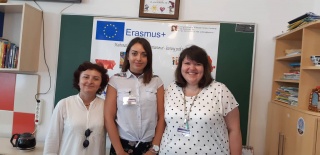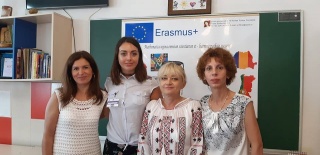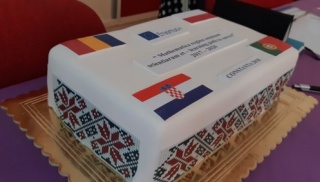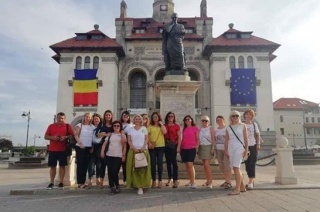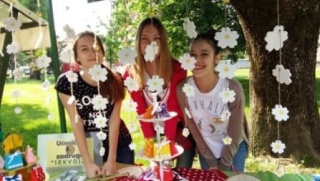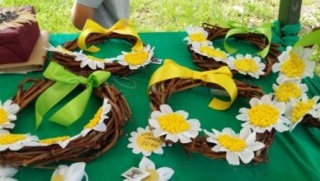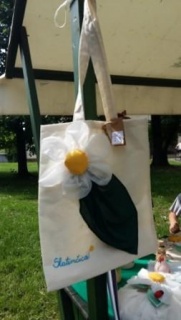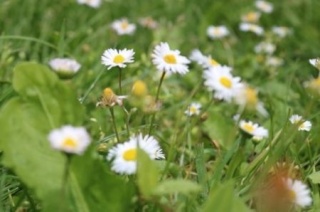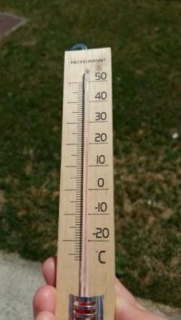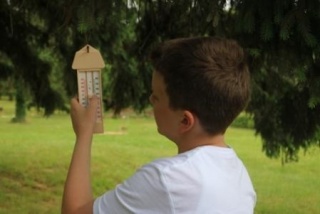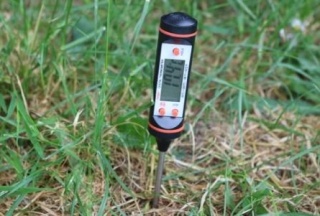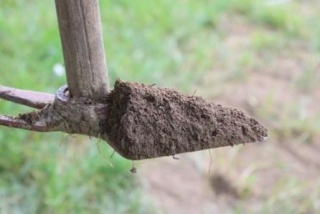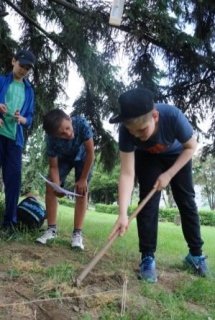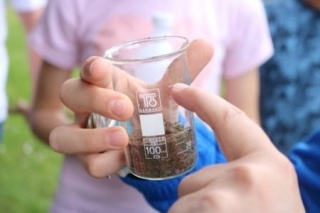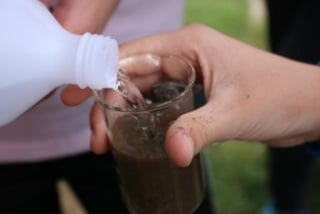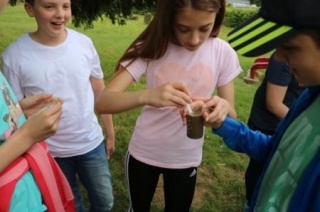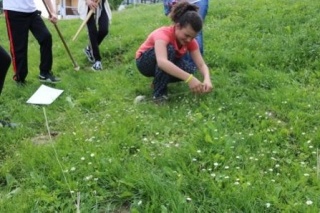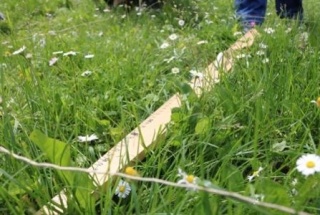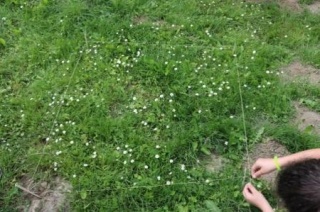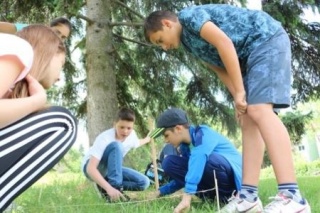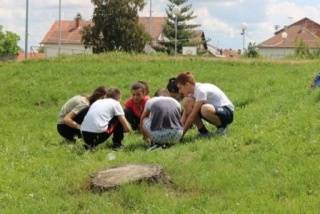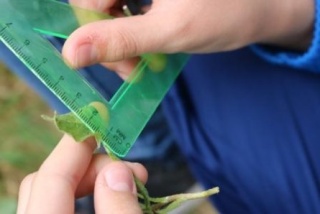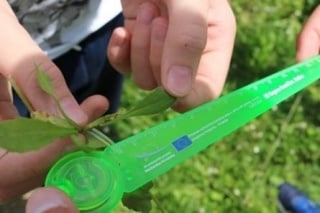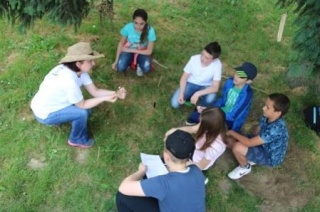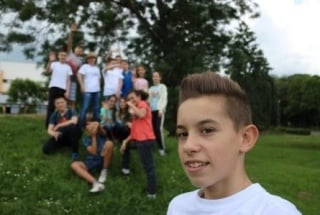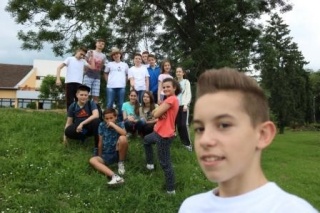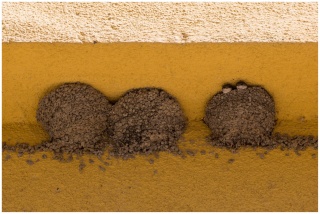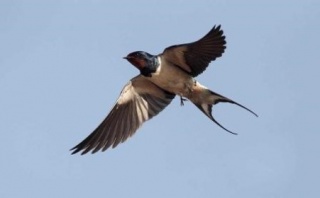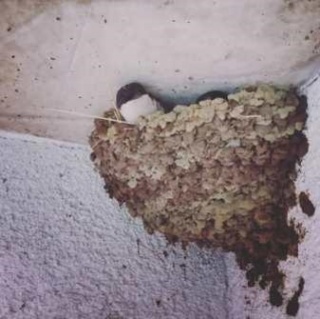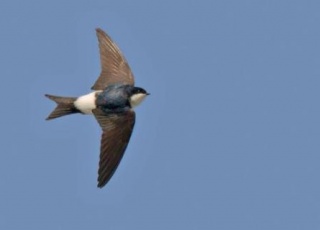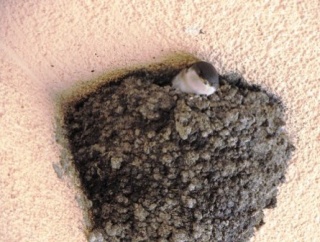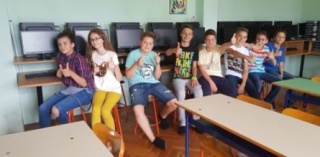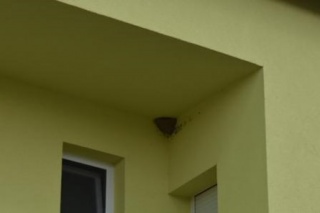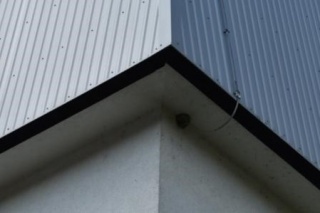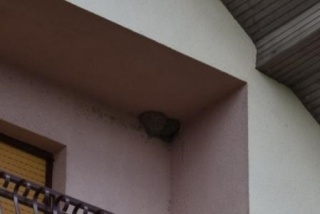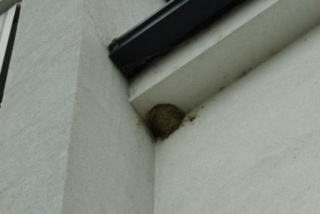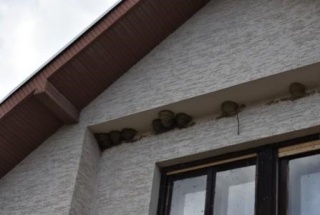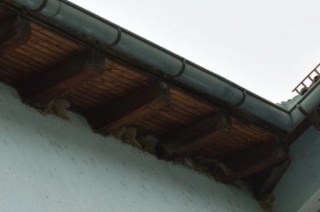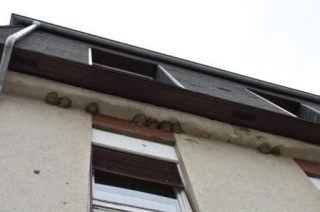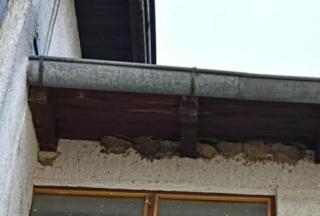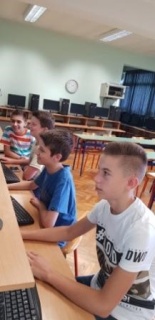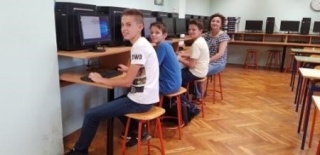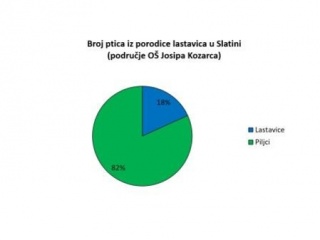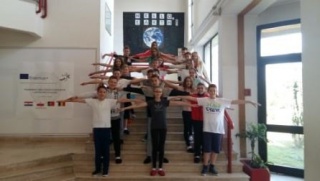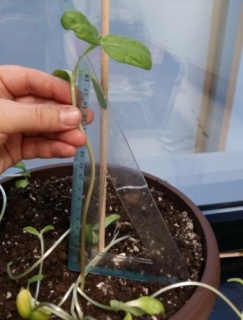| < | rujan, 2018 | > | ||||
| P | U | S | Č | P | S | N |
| 1 | 2 | |||||
| 3 | 4 | 5 | 6 | 7 | 8 | 9 |
| 10 | 11 | 12 | 13 | 14 | 15 | 16 |
| 17 | 18 | 19 | 20 | 21 | 22 | 23 |
| 24 | 25 | 26 | 27 | 28 | 29 | 30 |
Srpanj 2020 (1)
Lipanj 2020 (1)
Svibanj 2020 (1)
Travanj 2020 (1)
Ožujak 2020 (1)
Veljača 2020 (1)
Siječanj 2020 (1)
Prosinac 2019 (2)
Srpanj 2019 (1)
Lipanj 2019 (2)
Svibanj 2019 (1)
Travanj 2019 (1)
Veljača 2019 (1)
Prosinac 2018 (2)
Studeni 2018 (1)
Rujan 2018 (4)
Srpanj 2018 (1)
Ožujak 2018 (3)
Veljača 2018 (1)
Prosinac 2017 (3)
Studeni 2017 (2)
Links
Project forum
Website of the project
Općenito o projektu
Prvi meeting u Poljskoj
Agencija za mobilnost i programe EU
You Tube Channel of the project
Website of the project
Općenito o projektu
Prvi meeting u Poljskoj
Agencija za mobilnost i programe EU
You Tube Channel of the project
VIDEOS FROM THE MEETING IN CROATIA
25.09.2018., utorak
Meeting in Romania
From 6th to 10th August, our teachers went to Romania for an international project meeting.
On the first day there was a meeting for result analysis and a discussion about the disemination of results in a form of workshops. Also there was a fun summer school activity called 'Fun Math' that all the project partners were able to participate in. On the second day everybody shared experiences about motivation methods, discussion about the focus scale and there was further talk about the implementation of the project and then there was another summer school activity that everybody could participate in called 'Math and Art'. Later in the afternoon there was a showing of a movie related to the rich Romanian history.
On the third day there was still talk about the motivational experiences and also all the partner countries were able to try out the popular japanese paper folding method called origami. After, there was a meeting about the upcoming meeting in Portugal and the Chemistry festival that will be organised there and all the necessary reqirements for the next school year.
On the fourth day there was a discussion about weak points and possible outcomes on budget and also potential threats that may come in the activities during project implementation and prevention methods.
Daisy, in living conditions of the sunlit and shade area of the school’s lawn
During May in Slatina there is a traditional Flower Festival in which the members of our school’s cooperative actively participate. Theme of this year’s Festival was the DAISY.
Beautiful glabrous buds of this plant have become an inspiration for making applications and decorations out of various materials. The visitors of the Festival were able to see them in forms of different kinds of products that were exhibited on our school’s stand.
The story of this little, very resistant plant was rounded up with exploration of our school’s lawn. Thanks to its capacity of efficient adjustment to different kinds of living conditions, the daisy has found its place almost everywhere around us. Because of its beauty, people have manufactured decorative forms that are produced around the world. The species that provides the bee’s sustenance, it also has healing abilities and it is popular among people as the healer of pulmonary diseases.
Tasks: 1. Measure the parameters of the living conditions on the sunlit area and the shade area of the lawn 2. notice the connection of the habitat conditions to the adjustments of the plant species
1. task
Air temperature
Temperature of the soil at the depth of 5 and 10 centimeters
Ph value of the soil
Type of soil (clay, sand, loam, mould, red soil, brown soil)
soil moisture (moist, half-moist, dry)
2. task
Determine the numerical state of individual daisies on the given surface of 1m2;
Determine the size of the leaves surface on the given surface
Determine the position of the leaves in accordance to the soil (above the soil, right next to the soil)
Determine the numerical state of individual glabrous buds on the given surface
FIELD WORK
By using the thermometer, we measured the air temperature in the sunlit area and in the area of the shade. Air temp. of the sunlit area: 33*C; air temp. of the shade area: 24*C.
Temperaturu tla na različitim dubinama izmjerili smo ubodnim digitalnim termometrom/ Temperatre of the soil was measured at different depths with the digital prick thermometer. Osunčano područje/Sunlit area: Temp. tla na 5 cm = 27.3*C / 10 cm = 21.0*C Sjenovito područje/ Shade area: Temp. tla na 5 cm = 19.8*C / 10 cm = 17.3*C
Using gardening tools we dug out a certain amount of the soil and determined:
Ph value of the soil by using ph strips, type of ground and its moisture by observing.
pH vrijednost tla/ph value of the soil - uzorak iskopanog tla smo stavili u staklenu čašu i prelili ga destiliranom vodom. Nakon miješanja u čašu smo unijeli pH traku/ we put the sample of the soil that we dug out in a glass and poured in distilled water. After mixing, we put in the ph strip. Rezultat/Result: pH tla/ground = 6
Analiza biljnog pokrova: Tratinčica (Bellis perennis L) Podijeljeni u dvije grupe uočili smo dva područja travnjaka - jedno koje je pod intenzivnim djelovanjem Sunčeve svjetlosti i topline i drugo, u cjelodnevnoj sjeni. Pomoću ravnala izmjerili smo površinu od 1 m2 a zatim ga obilježili štapovima i konopcem.
Analysis of the plant cover: Daisy (Bellis perennis L)
Divided into two groups we noticed two areas of the lawn: one that is under intense effect of sunlight and the other that is in daylong shade.
By using a ruler, we measured a surface of 1 m2 and then marked it with wooden sticks and rope
Analiza biljnog pokrova/Analysis of the plant cover: Daisy Tratinčica (Bellis perennis L.) Područje travnjaka u cjelodnevnoj sjeni/ Area of the lawn in daylong shade
Nakon obilježavanja područja, započeli smo analizu brojčanog stanja jedinki tratinčice (Bellis perennis L.) i cvati na oba područja travnjaka/ After we marked the area, we started with the analysis of the numerical state of the flower buds on both areas of the lawn. Osunčano područje /sunlit area Sjenovito područje/shade area
After we were done with counting, we determined:
On the sunlit area of the lawn, total amount of daisies is 57 and the number of all the buds altogether is 143
In the shade area of the lawn, total amount of daisies is 9 and the number of all the buds altogether is 14
LEAVES
By using the ruler, we determined the avreage length and width of the daisies that live in the sunlit and shady habitat.
Position of leaves: right next to the soil
Sunlit area: size of leaves – width: 1cm, length: 3 cm
Area in the shade: size of leaves – width: 2 cm, length: 3,8 cm
The numerical state of individual glabrous buds and daisies is by far bigger in the sunlit area than the area of the daylong shade. The plant on the lawn of our school shows heliophillous properties.
Leaves of the daisy in the sunlit habitat are fewer than the leaves in the shady habitat which shows the excellent ability of the plant to adjust to certain hard living conditions. The smaller the leaf the more the plant has to do the transpiration and guard the precious water in the conditions of a drought. In the shade where the temperature is lower, moisture of the soil retains longer and this is why the leaf is bigger because the plant does not have to adjust to such conditions.
The position of the leaves is the same in both areas, they are right next to the soil which is an excellent adjustment to mowing the lawn. After the mowing, most of the plants take long to recover because of the damage done to the above-ground sections, but this is not the case with the daisy because its leaves are so close to the soil and they are left untouched after the mowing and able to grow and do the photosynthesis.
According to the ph value of the soil it is moderately acidic which tells us that it is of low quality because the process of acidification is very harmful ( causes compaction and poor drainage, heavier processing and mineral rinsing). The soil is brown, poor in humus and dry which did not stop this species from adapting to such conditions and its use of the best out of the environment necessary for its survival.
22.09.2018., subota
Counting of swallow and hucklebone nests in Slatina in the area of Josip Kozarac school
Every year around 5 billion birds – 187 species- moves from Europe to Asia and Africa and around 5 billion birds – 200 species- moves from northern to southern America
After they spend their winters there, birds come back North in spring to their nesting places where they begin a new cycle of nesting
Around 370 species of birds have been recorded so far in Croatia ot of which 240 are nesting birds
Out of 320 species of birds recorded in Croatia around half of them are migratory birds
Migration is one of the most important characteristics of birds and a factor of their diversity all around the world
Migration of birds is a challenge to the protection of nature because birds regularly move over large areas so the conditions on their path can influence a drop in number of nests
In Croatia the migration of birds is systemically recorded for over a hundred years
Croatia organized a ‘ringer activity’ (marking of the birds) in 1910 and by doing so it became the fifth country in Europe with a ringer central station
The aim for ringing of the birds is to follow their path which enables assessment and protection of their relocation and landing paths (source: Institute for ornithology of the Croatian Academia of Science and Art)
One of the ways of raising awareness is the continued watching of the birds and nests and by counting them
We decided to count the nests of the swallow and the hucklebone because their nests are the easiest to spot in urban areas out of all migratory birds
Swallow and hucklebone are migratory birds and the largest in numbers from the family of swallows (Hirundinidae) in Croatia
They are widespread across Europe and in Croatia they are among the most common birds
They are not the most endangered species but because of the drop in number of swallows in some european countries it is necessary to follow the conditions of their population around us
For their survival they need: - a good place to make their nests
- mud for making of the nests
- enough food (bugs, especially flies and mosquitoes)
Both species are nesting migratory birds that spend their winters in Africa south of Sahara and they come to Croatia in spring
They look very mch alike so people think they are the same
SWALOW (Hirundo rustica)
BACK: BLACK WITH STEEL BLUE REFLECTION
NECK AND FOREHEAD: DISTINCT MAROON COLOR
STOMACH: WHITE COLOR
TAIL: WHITE WITH FRECKLES WITH VERY LONG TAIL FEATHERS (FLAGS)
WINGS: LONG
FLIGHT: SWIFT AND ELEGANT THANKS TO LONG WINGS AND DEEPLY BIFURCATED TAIL
HUNT: IT HUNTS BUGS DURING FLIGHT MOSTLY CLOSER TO THE GROUND
NEST:
BOWL-LIKE SHAPE, MADE OUT OF MUD AND STEMS OF PLANTS
THE FEMALE LAYS 4-5 EGGS THAT SHE SITS ON FOR 16 DAYS AND THE YOUUNG ARE FED BY THE MALE AND THE FEMALE FOR 24 DAYS
NESTS: IN THE VILLAGES ON TOP OF BEAMS IN STABLES, UNDER BRIDGES AT THE EDGE OF SOME TOWNS AND IN CITIES UNDER EAVES OF SOME HOUSES AND BUILDINGS
HACKLE ( Delichon urbica)
BACK: BLACK WITH BLUE REFLECTION
STOMACH: PRELY WHITE COLOR
TAIL: NOT AS BIFRCATED AS THE SWALLOW’S AND IT DOESN’T HAVE THE LONG FLAGS LIKE THE SWALLOW
IN FLIGHT: QUITE OBVIOUS WHITE TRICY
HUNT: IT HUNTS BUGS DURING FLIGHT AT HIGHER ALTITUDES
NEST
CLOSED BALL SHAPED WITH NARROW CIRCULAR ENTRANCE, MADE OUT OF MUD AND STEM OF PLANTS
THE FEMALE LAYS 4-5 EGGS WHICH BOTH THE MALE AND THE FEMALE TAKE CARE OF FOR 14 DAYS AND THE YOUNG ARE TAKEN CARE OF BY BOTH PARENTS UP TO 22 DAYS
NESTING: COLONIALLY
NESTS: LARGER IN NUMBERS IN TOWNS THAN IN VILLAGES, ON FACADES OF BUILDINGS AND UNDER SHELTERS
FIELD WORK
FOR EVERY OBSERVATION WE RECORDED: - TYPE OF SPECIES (SWALLOW OR HuCKLEBONE)
- ADRESS OF LOCATION
- NUMBER OF NESTS AT THE VIEWED OBJECT
- LOCATION OF THE NEST RECORDED BY USING PHOTO CAMERA AND MOBILE PHONE
Observation ways: by the naked eye and binoculars
SWALOW NESTS
HACKLE NESTS
RESULT ANALYSIS
INCLUDES WORK IN SCHOOL: unification of the obtained data / making of a table which will show the results of conting the birds in the streets - : (o - 14 ) I (O – 50 ) freqency display of the swallow and hucklebone nests on the geographical map of slatina (area of josip kozarac school) according to streets: (0-14 ) and (0-50 ) - /percentage representation of both species according to location where both species are the most common
Location of swallow and hucklebone nests according to streets in Slatina
CONCLUSION
After our research was done, we noticed:
NUMERICAL RELATIONSHIP OF THE TWO SPECIES IS COMPLETELY CONFORMING TO HABITAT CUSTOMIZATIONS TO WHICH THEY BELONG (SWALLOWS ARE MOSTLY IN RURAL AREAS AND HUCKLEBONE IS MOSTLY IN URBAN AREAS) SO THE NUMBER OF HUCKLEBONES IN SLATINA IS LARGER THAN THE NUMBER OF SWALLOWS
IN ORDER TO FIND OUT TO WHICH EXTENT DO THE HUMANS AFFECT THE NUMBER OF SWALLOWS AND HUCKLEBONES IT IS NECESSARY TO OBSERVE AND COUNT THE NUMBER OF THEIR NESTS THROUGH SEVERAL SPRINGS
THE IMPORTANCE OF SAVING MIGRATORY BIRDS ON A GLOBAL LEVEL IS POSSIBLE ONLY WITH THE COOPERATION OF PEOPLE AND INSTITUTIONS INVOLVED IN THIS ACTIVITY
ONE OF THE MAIN AIMS IS RAISING AWARENESS ABOUT THE CHALLENGES WITH WHICH THE BIRDS MEET DURING THEIR MIGRATIONS ON THE THREE MAIN MIGRATION PATHS: AFRICAN-EUROASIAN, EASTERNASIAN- AUSTRALIAN-ASIAN AND AMERICAN.
MIGRATORY TRAVELS THROUGH WHICH THE MIGRATORY BIRDS GO EVERY YEAR IS AMAZING! WHY? BECAUSE THEY CONFRONT STORMS, WAR AFFECTED AREAS, POACHING, WIRES OF POWERLINES, PROPELERS OF WIND POWER PLANTS AND DESTRUCTION OF RESTING PLACES AND YET, THEY STILL DON’T GIVE UP!
MIGRATORY BIRDS DO NOT CARE ABOUT STATE BORDERS! OR THE DISTANCE BETWEEN CONTINENTS!
THERE IS A DEEP RELATIONSHIP BETWEEN HUMANS AND BIRDS!
IT IS A RELATIONSHIP BETWEEN HUMANS AND THE BIGGEST EVOLUTIONARY INSTINCT – INSTINCT FOR FREEDOM!
SO, WHAT ARE WE WAITING FOR? LET’S SPREAD OUR ‘WINGS’!
“I want a tree“ Monitoring the germination of sunflower seeds
We got micro bit with the extension for watering (pump) and wires with nails.
First we brought together all the components.
When we brought them together, we connected micro bit to a computer and started programming.
micro:bit, a new pocket-sized computer that allows everyone to write codes, also it allows computer hardware editing and use via computer software
We bought sunflower seeds (Helianthus annuus)
We programmed micro bit to measure current resistance through nail, that is to calculate the level of humidity.
We programmed 4 hours at school altogether.
27 February 2018
We took two flower pots that day and put potting soil in them.
The middle-years teaching pupils sowed 30 seeds of sunflower in the pot.
Also, they set micro bit to measure the level
of humidity and the irrigation system „drop by drop“.
27 February 2018
The primary teaching pupils
sowed 30 seeds of sunflower in
another pot, but without the irrigation system.
2 March 2018
We measured the level of humidity with micro bit
irrigation system; it was 900 (almost dry).
6 March 2018
The next measurement of the level
of humidity with micro bit irrigation system
The level of humidity was 776, 23
plants sprouted, the height was measured
The maximum height of a young plant
was 16 cm, the medium height: 6 cm,
the minimum height: 2 cm
6 March 2018
The control pot: 1 plant sprouted, height: 2 cm
9 March 2017
Watering was done, the level of
humidity was 794, the maximum height:
22 cm, the medium height:
16 cm, the minimum height: 13 cm
9 March 2018
The control pot: 8 plants sprouted, the maximum height: 15 cm,
the medium height: 13 cm, the minimum height: 8,5 cm
14 March 2018
The control pot: 8 plants sprouted,
the maximum height:
20 cm, the medium height:
17 cm, the minimum height: 14 cm
14 March 2018
We measured the level of humidity with micro bit
irrigation system again, it was 900 (almost dry)
The maximum height of the sunflower was 24 cm,
the medium height: 19 cm, the minimum height: 16 cm
Presentation made by and programmed by: Mateo Šerer and Sven Oužecky
Country: Croatia
Town: Slatina
Primary school: OŠ Josipa Kozarca Slatina
Mentors: Brankica Safin
Marko Brijačak
Measured by:Ana Čurić
Karla Vasiljević
Ivona Bosec
Jana Macinger
Also measured by: younger students

